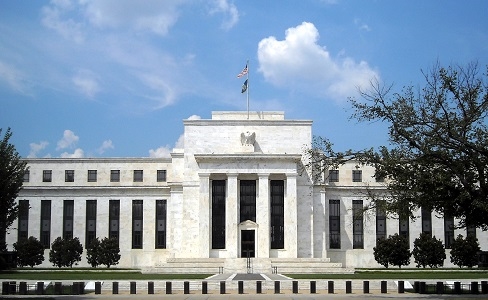BCBS finalises counterparty exposure limits

The Basel Committee on Banking Supervision (BCBS) has set out a standard for a supervisory framework for measuring and controlling large exposures.
The framework (scheduled to take effect from 1 January 2019) will supersede the committee's 1991 standard on this topic. While many jurisdictions modelled their national rules on the committee's previous guidance, there have been inconsistent results across jurisdictions due to differences in measures of exposure, measures of capital and numerical limits.
The standard has obvious implications for banks accustomed to using internal models to calculate capital across most of their business as regulators seek a more straightforward mechanism for comparing exposures.
The framework will form the basis of US Dodd Frank section 165(e) which also concerns counterparty exposures. As US banks adopt Basel III, the Collins Amendment under Dodd-Frank will require them to run both the standardised and advanced tests and select the worst of the two on an enterprise-wide basis to determine capital adequacy.
The BCBS believes the revised framework will help ensure a common minimum standard for measuring, aggregating and controlling single name concentration risk across jurisdictions.
The purpose of large exposure limits is to constrain the maximum loss a bank could face in the event of a sudden failure of a counterparty or a group of connected counterparties and to help ensure the bank remains a going concern. Especially where the bank's counterparty is another bank, large exposure limits can directly contribute towards the reduction of system-wide contagion risk.
The new large exposure standard includes a general limit applied to all of a bank's exposures to a single counterparty, which is set at 25% of a bank's Tier 1 capital. This limit also applies to a bank's exposure to identified groups of connected counterparties (counterparties that are interdependent and likely to fail simultaneously). A tighter limit of 15% of Tier 1 capital will apply to exposures between banks that have been designated as global systemically important.
The Committee has committed to reviewing the appropriateness of setting a large exposure limit for exposures to qualifying central counterparties (QCCPs) related to clearing activities - which are currently exempted – by 2016. It will also review the impact of the large exposures framework on monetary policy implementation.
Found this useful?
Take a complimentary trial of the FOW Marketing Intelligence Platform – the comprehensive source of news and analysis across the buy- and sell- side.
Gain access to:
- A single source of in-depth news, insight and analysis across Asset Management, Securities Finance, Custody, Fund Services and Derivatives
- Our interactive database, optimized to enable you to summarise data and build graphs outlining market activity
- Exclusive whitepapers, supplements and industry analysis curated and published by Futures & Options World
- Breaking news, daily and weekly alerts on the markets most relevant to you




